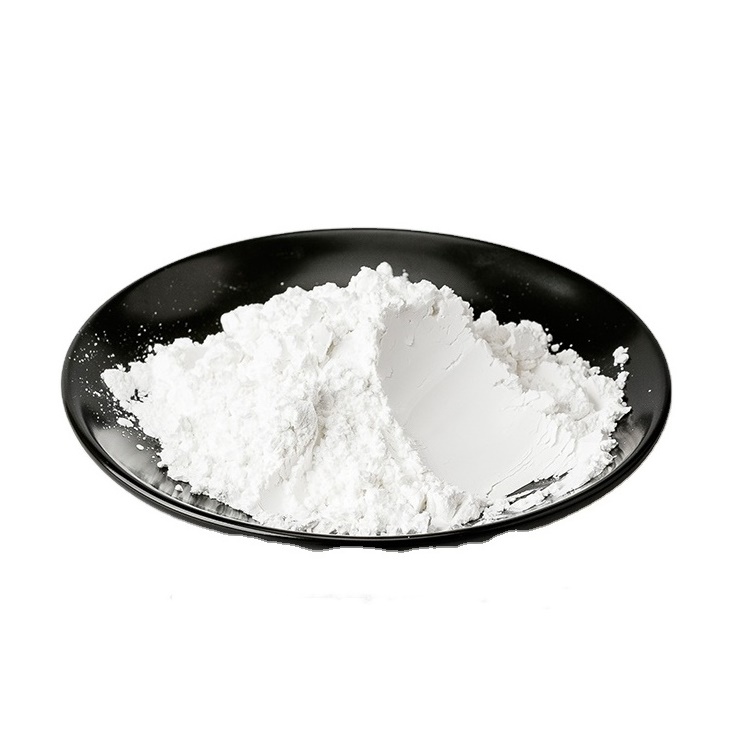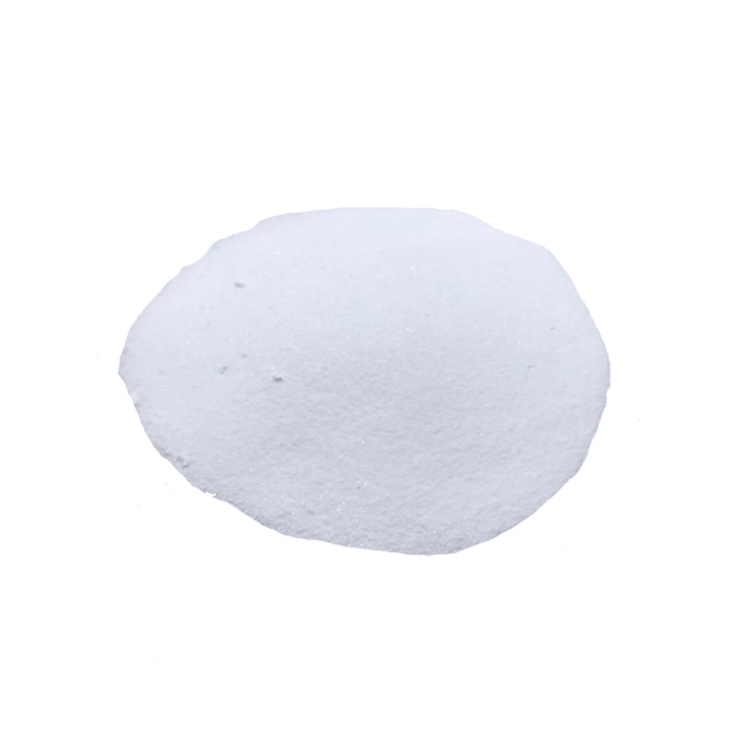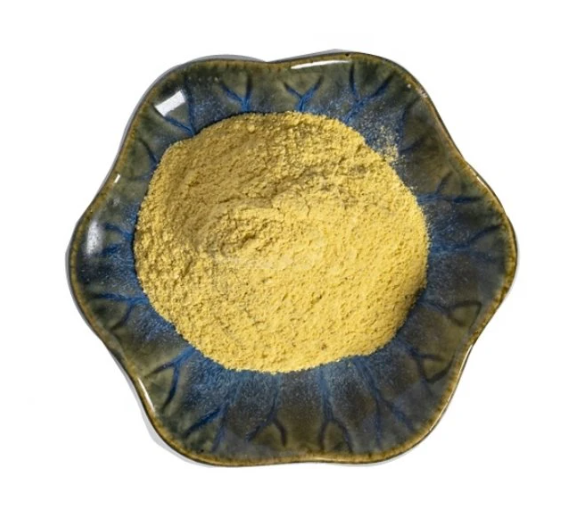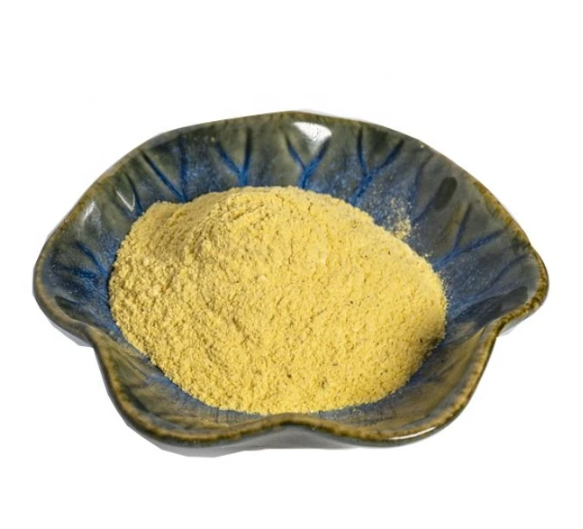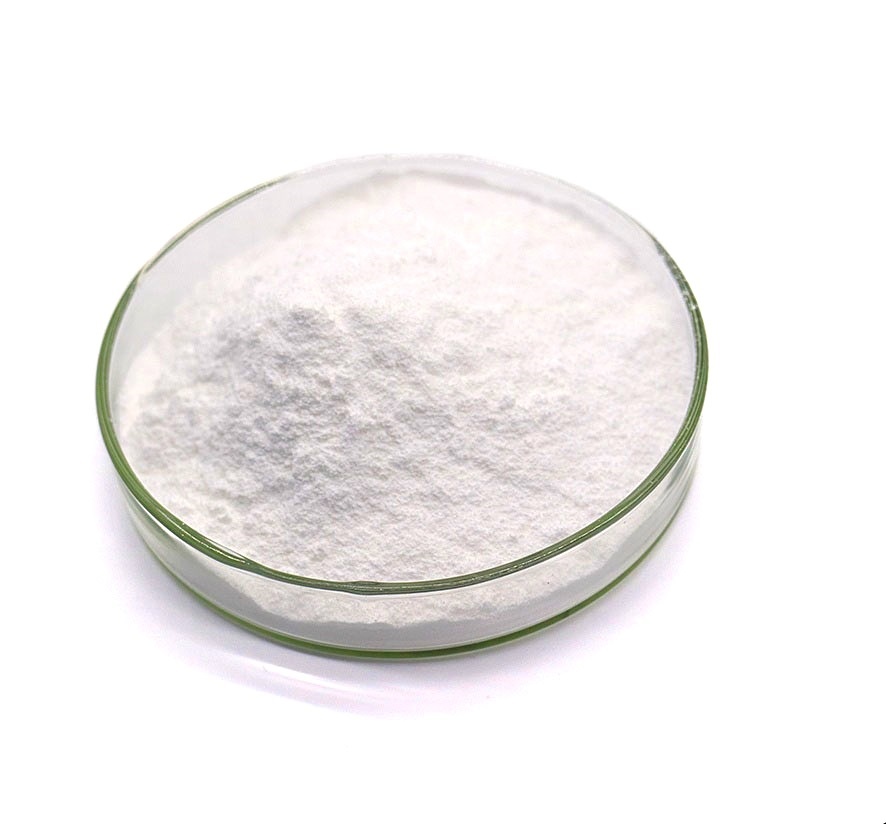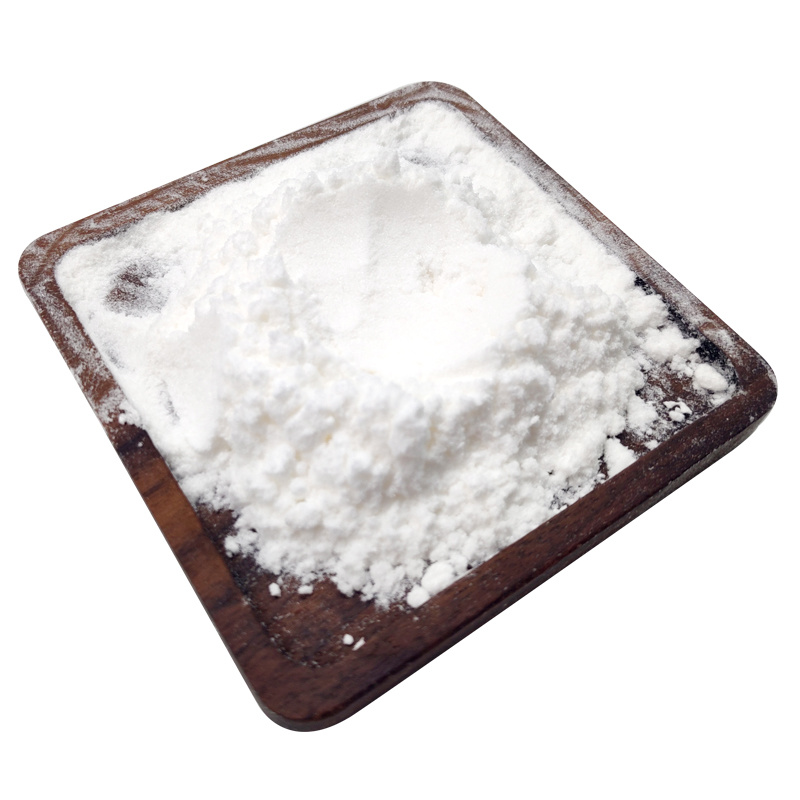

Sodium carbonate CAS 497-19-8
——————
CAS number : 497-19-8
molecular formula : CH2O3.2Na
EINECS : 207-838-8
——————
Email : info@deshangchem.com
Mobile : +86-13153039501
TEL : +86-531-88752665
CAS number:497-19-8
molecular formula:CH2O3.2Na
molecular weight:105.99
EINECS number:207-838-8
English synonyms
ASH;Sodium carbonate solution;Sodium carbonate-12C, 13C-depleted;ODA ASH;SODA ASH LIGHT & SODA BI CARBONATE;SODA ASH (LIGHT AND DENSE );ANHYDROUS SODIUM CARBONATE;SODA ASH 99% MIN
Related categories
Pharmaceutical intermediates; light metals; Grignard reagents; solvents; organic chemistry; custom synthetic products; specialty reagents; inorganic compounds and salts; genomics and molecular diagnostics; acids; food additives; sodium Ba carbonate; inorganic bases; inorganic chemical products; Cd Nitrates; Inorganic Salts; Spectroscopy; Sodium; Volumetric Analysis Titrate; Organic Chemicals; Inorganic Chemicals; Inorganic Salts; Chemicals-Inorganic Chemicals; Chlorides; Chemicals-Organic Chemicals; Ready-to-Use Solutions; Molecular Biology S - ZTitration; Salt Solutions; Solution containers (VOLPAC); Synthetic Reagents; Acidity Regulators; Chemical Synthesis; Inorganic Bases; Catalytic and Inorganic chemistry; amino acids; general reagents; biochemistry; microorganisms; pharmaceutical excipients; synthetic material intermediates; biochemical reagents; basic organic reagents; chemical industry; main products; food additives; raw materials; auxiliary agents; inorganic acids; chemical materials; Sodium Sodium; chemical intermediates; chemical raw materials; inorganic chemical raw materials; alkalis; inorganic; pharmaceutical raw materials; carbonates; general biochemical reagents-inorganic salts; standard products; daily chemicals; organic chemical products; inorganic substances; organic raw materials; Biological Buffer Series;Chemical Reagents;Inorganics;Inorganic BasesVolumetric Solutions;Alphabetical Listings;Q-S;Stable Isotopes;By Reference Material;Concentrates (e.g. FIXANAL);Reference Material Hydrochloric acidTitration;Salt Concentrates;Chromatography/CE Reagents;Eluent concentrates for ICAlphabetic; Ion Chromatography;S;SN - SZ;metal carbonate;Materials Science;Metal and Ceramic Science;Salts;Sodium Salts;Synthetic Reagents
Introduction
The chemical formula of sodium carbonate is Na2CO3, commonly known as soda ash, soda, soda ash, washing alkali, and it is a white powder under normal circumstances, which is a strong electrolyte. The density is 2.532g/cm3 and the melting point is 851°C. It is easily soluble in water and has the general property of salt. It is a weak acid salt. It is slightly soluble in absolute ethanol, but insoluble in propanol. , makes the solution alkaline, has certain corrosiveness, and can neutralize with acid to generate corresponding salt and release carbon dioxide.
| Melting point | 851 °C (lit.) |
| Boiling point | 1600°C |
| Density | 2.53 |
| Refractive index | 1.535 |
| Storage conditions | 15-25°C |
| Solubility | H2O: 1 M at 20 °C, clear, colorless |
| Shape | Solid |
| Color | White |
| Specific gravity | 2.532 |
| Acidity coefficient(pKa) | (1) 6.37, (2) 10.25 (carbonic (at 25℃) |
| PH value | 10.52(1 mM solution);10.97(10 mM solution);11.26(100 mM solution); |
| Water solubility | 22 g/100 mL (20 ºC) |
| Sensitive | Hygroscopic |
| Maximum wavelength(λmax) | λ: 260 nm Amax: 0.01 |
Merck | 14,8596 |
BRN | 4154566 |
| Stability | Stable. Incompatible with powdered alkaline earth metals, aluminium, organic nitro compounds, fluorine, alkali metals, nonmetallic oxides, concentrated sulfuric acid, oxides of phosphorus. |
InChIKey | CDBYLPFSWZWCQE-UHFFFAOYSA-L |
| CAS database | 497-19-8(CAS DataBase Reference) |
Pure anhydrous sodium carbonate is white powder or fine particles. Soluble in water, the aqueous solution is strongly alkaline. Slightly soluble in absolute ethanol, insoluble in acetone.
● One of the basic chemical raw materials, widely used, is an important raw material for glass, soap, detergent, textile, leather, perfume, dye, medicine, etc.
● As an analytical reagent, also in the pharmaceutical industry and photoengraving
● Widely used in glass products, chemicals, paper, metallurgy, medicine, textile and food industries
● Color TV special reagent
● It is used in the food industry as a neutralizing agent and a leavening agent, such as the manufacture of amino acids, soy sauce and flour products such as steamed bread and bread. It can also be made into alkaline water and added to pasta to increase elasticity and ductility.
● Used as a detergent for wool rinsing, bath salts and medicine, as an alkaline agent in tanning leather.
● The vast majority are used in industry, and a small part is used for civilian use. In industrial soda ash, mainly light industry, building materials, chemical industry, accounting for about 2/3; followed by metallurgy, textile, petroleum, national defense, medicine and other industries. The glass industry is the largest consumer of soda ash, consuming 0.2t of soda ash per ton of glass. The chemical industry is used to make water glass, sodium dichromate, sodium nitrate, sodium fluoride, baking soda, borax, trisodium phosphate, etc. The metallurgical industry is used as a smelting flux, a flotation agent for beneficiation, and as a desulfurizer in steelmaking and antimony smelting. The printing and dyeing industry is used as a water softener. The tanning industry is used for degreasing raw hides, neutralizing chrome tanning leather and increasing the alkalinity of chrome tanning liquor. It is also used in the production of synthetic detergent additive sodium tripolyphosphate and other sodium phosphate salts.
● As a buffer, neutralizer and dough improver, it can be used in cakes and pasta, and can be used in moderation according to production needs.
● Mainly used for float glass, picture tube glass bulb, optical glass, etc. It can also be used in other departments such as chemical industry, metallurgy and so on. The use of heavy soda ash can reduce the flying of alkali dust, reduce the consumption of raw materials, improve the working conditions, and also improve the quality of products.
● Basic chemical raw materials, widely used in medicine, papermaking, metallurgy, glass, textile, dyes and other industries.
● Basic chemical raw materials, widely used in medicine, papermaking, metallurgy, glass, textile, dyes and other industries, as a leavening agent in food industry
● Used as analytical reagent, dehydrating agent, battery additive, etc.
● At present, the industrial methods for producing heavy soda ash with light soda ash as raw materials include solid phase hydration method, liquid phase hydration method and extrusion method. Using trona as raw material, there are evaporation method and carbonation method. The latter two methods have been used in industry. Sodium carbonate is mentioned in part, so only three methods using soda ash as raw material are described.
In the solid phase hydration method, high-temperature light soda ash and hot water at 50-70°C are hydrated at 90-97°C to generate sodium carbonate monohydrate, calcined at 130-150°C, and then sieved to obtain heavyweight. Quality soda ash products. Its Na2CO3+H2O→Na2CO3·H2O
Na2CO3·H2O[△] →Na2CO3+H2O
Liquid-phase hydration method High-temperature light soda ash is dissolved in water and circulating mother liquor at about 100 °C to obtain a saturated solution, and after hydration reaction, it is pumped to the crystallizer. The temperature is lowered to 80-90°C to generate a sodium carbonate monohydrate suspension, which is thickened and separated to obtain a finished product of heavy soda ash. The reaction formula is the same as that of the solid phase hydration method.
Extrusion method High-temperature soda ash (150~160℃) from alkali warehouse is extruded into hard flakes with a thickness of about 2 mm under the pressure of 5000~7000 kg/cm2, and then crushed and sieved to obtain heavy soda ash finished products with suitable particle size . Large grains return to broken. The pellets are re-extruded and recycled separately.
● 1. Ammonia alkali method
Raw salt (table salt) is dissolved in water, an appropriate amount of lime milk is added to remove magnesium, and CO2 is introduced to remove calcium. The purified salt water is passed into ammonia gas for ammonia absorption, and then CO2 is passed into the ammonia absorption mother liquor for carbonization, and sodium bicarbonate is precipitated, which is filtered and calcined to obtain sodium carbonate. Lime milk is added to the mother liquor, and the ammonia gas is evaporated for ammonia absorption.
NaCl+NH3+CO2+H2O→NaHCO3+NH4Cl
2NaHCO3→Na2CO3+CO2↑+H2O↑
2 combined alkali method
The ammonia gas is passed through the mother liquor of salting out crystallization to absorb ammonia, and then the ammonia absorbed mother liquor is passed through CO2 for carbonization, and sodium bicarbonate crystals are precipitated, which are filtered and calcined to obtain soda ash. The mother liquor is then subjected to ammonia absorption, ammonium chloride crystals are precipitated, and table salt is added after filtration to further precipitate ammonium chloride crystals. After filtration, the mother liquor is re-absorbed ammonia, so it is continuously circulated. The reaction formula is the same as the ammonia alkali method.
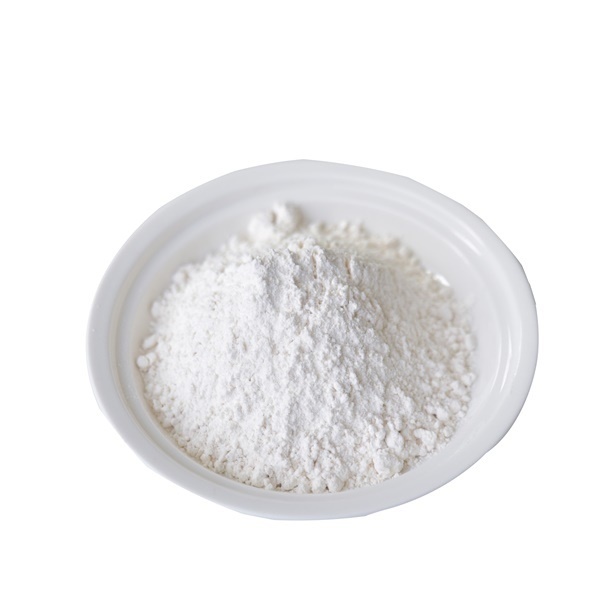
Sodium carbonate CAS 497-19-8
CAS number:497-19-8
molecular formula:CH2O3.2Na
molecular weight:105.99
EINECS number:207-838-8
English synonyms
ASH;Sodium carbonate solution;Sodium carbonate-12C, 13C-depleted;ODA ASH;SODA ASH LIGHT & SODA BI CARBONATE;SODA ASH (LIGHT AND DENSE );ANHYDROUS SODIUM CARBONATE;SODA ASH 99% MIN
Related categories
Pharmaceutical intermediates; light metals; Grignard reagents; solvents; organic chemistry; custom synthetic products; specialty reagents; inorganic compounds and salts; genomics and molecular diagnostics; acids; food additives; sodium Ba carbonate; inorganic bases; inorganic chemical products; Cd Nitrates; Inorganic Salts; Spectroscopy; Sodium; Volumetric Analysis Titrate; Organic Chemicals; Inorganic Chemicals; Inorganic Salts; Chemicals-Inorganic Chemicals; Chlorides; Chemicals-Organic Chemicals; Ready-to-Use Solutions; Molecular Biology S - ZTitration; Salt Solutions; Solution containers (VOLPAC); Synthetic Reagents; Acidity Regulators; Chemical Synthesis; Inorganic Bases; Catalytic and Inorganic chemistry; amino acids; general reagents; biochemistry; microorganisms; pharmaceutical excipients; synthetic material intermediates; biochemical reagents; basic organic reagents; chemical industry; main products; food additives; raw materials; auxiliary agents; inorganic acids; chemical materials; Sodium Sodium; chemical intermediates; chemical raw materials; inorganic chemical raw materials; alkalis; inorganic; pharmaceutical raw materials; carbonates; general biochemical reagents-inorganic salts; standard products; daily chemicals; organic chemical products; inorganic substances; organic raw materials; Biological Buffer Series;Chemical Reagents;Inorganics;Inorganic BasesVolumetric Solutions;Alphabetical Listings;Q-S;Stable Isotopes;By Reference Material;Concentrates (e.g. FIXANAL);Reference Material Hydrochloric acidTitration;Salt Concentrates;Chromatography/CE Reagents;Eluent concentrates for ICAlphabetic; Ion Chromatography;S;SN - SZ;metal carbonate;Materials Science;Metal and Ceramic Science;Salts;Sodium Salts;Synthetic Reagents
Introduction
The chemical formula of sodium carbonate is Na2CO3, commonly known as soda ash, soda, soda ash, washing alkali, and it is a white powder under normal circumstances, which is a strong electrolyte. The density is 2.532g/cm3 and the melting point is 851°C. It is easily soluble in water and has the general property of salt. It is a weak acid salt. It is slightly soluble in absolute ethanol, but insoluble in propanol. , makes the solution alkaline, has certain corrosiveness, and can neutralize with acid to generate corresponding salt and release carbon dioxide.
| Melting point | 851 °C (lit.) |
| Boiling point | 1600°C |
| Density | 2.53 |
| Refractive index | 1.535 |
| Storage conditions | 15-25°C |
| Solubility | H2O: 1 M at 20 °C, clear, colorless |
| Shape | Solid |
| Color | White |
| Specific gravity | 2.532 |
| Acidity coefficient(pKa) | (1) 6.37, (2) 10.25 (carbonic (at 25℃) |
| PH value | 10.52(1 mM solution);10.97(10 mM solution);11.26(100 mM solution); |
| Water solubility | 22 g/100 mL (20 ºC) |
| Sensitive | Hygroscopic |
| Maximum wavelength(λmax) | λ: 260 nm Amax: 0.01 |
Merck | 14,8596 |
BRN | 4154566 |
| Stability | Stable. Incompatible with powdered alkaline earth metals, aluminium, organic nitro compounds, fluorine, alkali metals, nonmetallic oxides, concentrated sulfuric acid, oxides of phosphorus. |
InChIKey | CDBYLPFSWZWCQE-UHFFFAOYSA-L |
| CAS database | 497-19-8(CAS DataBase Reference) |
Pure anhydrous sodium carbonate is white powder or fine particles. Soluble in water, the aqueous solution is strongly alkaline. Slightly soluble in absolute ethanol, insoluble in acetone.
● One of the basic chemical raw materials, widely used, is an important raw material for glass, soap, detergent, textile, leather, perfume, dye, medicine, etc.
● As an analytical reagent, also in the pharmaceutical industry and photoengraving
● Widely used in glass products, chemicals, paper, metallurgy, medicine, textile and food industries
● Color TV special reagent
● It is used in the food industry as a neutralizing agent and a leavening agent, such as the manufacture of amino acids, soy sauce and flour products such as steamed bread and bread. It can also be made into alkaline water and added to pasta to increase elasticity and ductility.
● Used as a detergent for wool rinsing, bath salts and medicine, as an alkaline agent in tanning leather.
● The vast majority are used in industry, and a small part is used for civilian use. In industrial soda ash, mainly light industry, building materials, chemical industry, accounting for about 2/3; followed by metallurgy, textile, petroleum, national defense, medicine and other industries. The glass industry is the largest consumer of soda ash, consuming 0.2t of soda ash per ton of glass. The chemical industry is used to make water glass, sodium dichromate, sodium nitrate, sodium fluoride, baking soda, borax, trisodium phosphate, etc. The metallurgical industry is used as a smelting flux, a flotation agent for beneficiation, and as a desulfurizer in steelmaking and antimony smelting. The printing and dyeing industry is used as a water softener. The tanning industry is used for degreasing raw hides, neutralizing chrome tanning leather and increasing the alkalinity of chrome tanning liquor. It is also used in the production of synthetic detergent additive sodium tripolyphosphate and other sodium phosphate salts.
● As a buffer, neutralizer and dough improver, it can be used in cakes and pasta, and can be used in moderation according to production needs.
● Mainly used for float glass, picture tube glass bulb, optical glass, etc. It can also be used in other departments such as chemical industry, metallurgy and so on. The use of heavy soda ash can reduce the flying of alkali dust, reduce the consumption of raw materials, improve the working conditions, and also improve the quality of products.
● Basic chemical raw materials, widely used in medicine, papermaking, metallurgy, glass, textile, dyes and other industries.
● Basic chemical raw materials, widely used in medicine, papermaking, metallurgy, glass, textile, dyes and other industries, as a leavening agent in food industry
● Used as analytical reagent, dehydrating agent, battery additive, etc.
● At present, the industrial methods for producing heavy soda ash with light soda ash as raw materials include solid phase hydration method, liquid phase hydration method and extrusion method. Using trona as raw material, there are evaporation method and carbonation method. The latter two methods have been used in industry. Sodium carbonate is mentioned in part, so only three methods using soda ash as raw material are described.
In the solid phase hydration method, high-temperature light soda ash and hot water at 50-70°C are hydrated at 90-97°C to generate sodium carbonate monohydrate, calcined at 130-150°C, and then sieved to obtain heavyweight. Quality soda ash products. Its Na2CO3+H2O→Na2CO3·H2O
Na2CO3·H2O[△] →Na2CO3+H2O
Liquid-phase hydration method High-temperature light soda ash is dissolved in water and circulating mother liquor at about 100 °C to obtain a saturated solution, and after hydration reaction, it is pumped to the crystallizer. The temperature is lowered to 80-90°C to generate a sodium carbonate monohydrate suspension, which is thickened and separated to obtain a finished product of heavy soda ash. The reaction formula is the same as that of the solid phase hydration method.
Extrusion method High-temperature soda ash (150~160℃) from alkali warehouse is extruded into hard flakes with a thickness of about 2 mm under the pressure of 5000~7000 kg/cm2, and then crushed and sieved to obtain heavy soda ash finished products with suitable particle size . Large grains return to broken. The pellets are re-extruded and recycled separately.
● 1. Ammonia alkali method
Raw salt (table salt) is dissolved in water, an appropriate amount of lime milk is added to remove magnesium, and CO2 is introduced to remove calcium. The purified salt water is passed into ammonia gas for ammonia absorption, and then CO2 is passed into the ammonia absorption mother liquor for carbonization, and sodium bicarbonate is precipitated, which is filtered and calcined to obtain sodium carbonate. Lime milk is added to the mother liquor, and the ammonia gas is evaporated for ammonia absorption.
NaCl+NH3+CO2+H2O→NaHCO3+NH4Cl
2NaHCO3→Na2CO3+CO2↑+H2O↑
2 combined alkali method
The ammonia gas is passed through the mother liquor of salting out crystallization to absorb ammonia, and then the ammonia absorbed mother liquor is passed through CO2 for carbonization, and sodium bicarbonate crystals are precipitated, which are filtered and calcined to obtain soda ash. The mother liquor is then subjected to ammonia absorption, ammonium chloride crystals are precipitated, and table salt is added after filtration to further precipitate ammonium chloride crystals. After filtration, the mother liquor is re-absorbed ammonia, so it is continuously circulated. The reaction formula is the same as the ammonia alkali method.
Team Presentation

